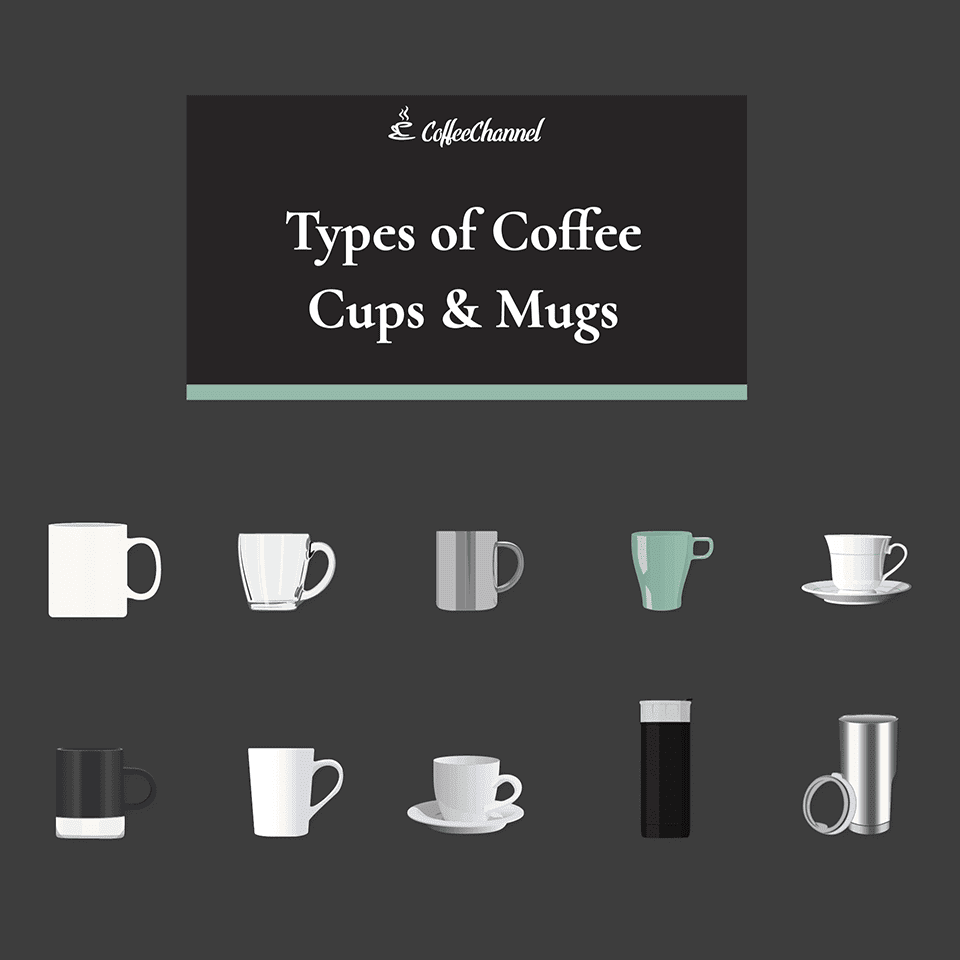
Design & Mental Models

Imagine that you are in a coffee shop waiting for your favourite expresso to kickstart your day. And there you have it, in a big coffee mug— a portion of black expresso. You are picking it up by the handle and you are taking a sip! Yuk, it doesn’t taste good, it’s colder than how it’s supposed to be. And a concentrated coffee like expresso must be consumed piping hot. The culprit was the mug. By the time the coffee reaches your lip, the big mug is cooling it down making the experience poor. So what is the solution? Well, there is one already. Expressos are not supposed to be served in a Coffee mug. There are expresso cups! Hold it with 2 fingers and in one sip the hot concoction is in your mouth. Perfect! Liberal brews like Lattes and Cappuccinos can be served in a mug for you to sip at your convenience during a conversation or while working.

Never thought coffee cups had a point this big huh? There is more. Did you know that coffee mugs are designed with walls thicker at the bottom (so that it doesn’t burn your hand) that taper down to being thin (enough for you to sip comfortably)?
Okay, now why were we talking about coffee? Obviously, coffee is not the point I want to emphasise – it’s design vs user expectations AKA Mental Models.
For any design to be good, it should satisfy 3 parameters.
- Function
- Appeal
- Standard
Function is the main goal of the product. So for a coffee cup, the main function is to let you drink coffee.
Appeal means the visual outlook of the product. How good the coffee cup looks.
Standard deals with the affordance of the product. Is the coffee cup working just like all the other coffee cups in the world?
The order of these parameters changes depending on the product. For example, for a Coffee Packet, Appeal comes first, Standards come second, and Function comes last. This is because the user needs to pick up the packet from an aisle in a supermarket, so it needs to be appealing and attention-grabbing. Then comes Standard. The packet should open like any other coffee package to avoid turning the user off with any new complexity. The Function of holding the coffee powder is not something that bothers the user much at this point in the shopping process.
Let’s take another example of a ticket-booking platform. Standard comes first, then Function and finally, Appeal. The user prioritises easy navigation that he/she is already used to, and the platform should allow for comfortable booking of tickets. The platform’s visual appeal is not as important to the user in this case.
Users will have an opinion on how everything should work before even trying to use it. These opinions are called “Mental Models”. When a product doesn’t match a user’s mental model, he/she will be turned off. This can happen even when the design of that product is absolutely flawless— just that it doesn’t align to the user’s mental model.
A recent example of how mental models work could be two feature films that came from Tamil Film Maker, Nelson. He made a film in 2022 with Actor Vijay in the Lead (Beast). The viewers were expecting a lot and they made a huge mental model, but when the film came out – it didn’t align with that mental model. The film failed to impress and Nelson’s career was almost written off. One year later, he made another film — this time with Rajni Kanth (Jailer). But the mental model that people had was very basic because of their past experience. Then the movie came and as their benchmark expectations were very low, it easily surpassed and went on to become the highest grosser in the industry.